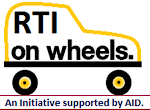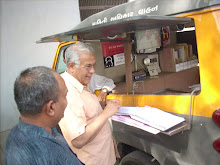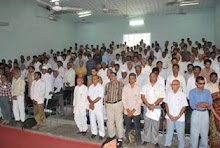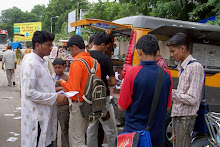Indian
Express: New Delhi: Friday, 01 January 2016.
In 2015, the
Right to Information Act celebrated 10 years. The year itself was a peculiar
one.
When the NDA
government took the oath of office on May 26, 2014 it was widely believed that
the Right to Information (RTI) Act, one of the flagship programmes of the
outgoing UPA government, would not be on the new government’s agenda.
Meanwhile,
the Supreme Court’s observation of 2011 that officials need to furnish only
such information which already exists and is held by the public authority and
not collate or create information was being widely used to deny access to
information. And since the inception of the Act, the Central Information
Commission (CIC) had passed orders in favour of transparency, embarrassing the
government and courts quite often.
In each case,
2015 saw something of a reversal: Prime Minister Narendra Modi spoke in favour
of RTI and the Supreme Court made another observation which helps information
seekers. The watchdog CIC, meanwhile, has been returning thousands of second
appeals and complaints for technical reasons every month.
Several RTI
activists found that officers of various departments who had earlier shared
information, suddenly started to claim exemptions and deny information on
similar applications after the change of regime at the Centre in May 2014.
This, despite the Department of Personnel and Training (DoPT) issuing many
circulars and reminders with regard to RTI under new government. For instances,
it asked all public authorities to standardize RTI fee and upload RTI replies
on their respective website.
It proposed
bringing all public sector financial institutions, banks, all zones of
Railways, Maharatnas, Navratnas, central universities and educational
institutions, central excise and income tax offices under online portal of RTI.
However, the perception that the Modi government was anti-RTI was enough for
public authorities to deny information.
At the annual
RTI convention on October 16, PM Modi spoke on the RTI Act for the first time:
“Citizens should not only have the right to get copies of documents but also
ask question and demand accountability from public authorities because the
right to ask questions is the very foundation of democracy and it will
reinforce their faith in democracy,” he said. The PM had also appealed to
government officials to learn from the types of RTI queries coming to them and
reform their procedures.
On December
16, the Supreme Court, in the matter of RBI versus Jayantilal N. Mistry and
others stated, “It had long since come to our attention that the Public
Information Officers (PIO) under the guise of one of the exceptions given under
Section 8 of RTI Act, have evaded the general public from getting their hands
on the rightful information that they are entitled to.”
This was an
important observation because many public authorities had been widely quoting
the observation made earlier by Supreme Court Justices RV Raveendran and AK
Patnaik in their order dated August 9, 2011, “The nation does not want a
scenario where 75% of the staff of public authorities spends 75% of their time
in collecting and furnishing information to applicants instead of discharging
their regular duties.”
While the
government and the judiciary were seen to be strengthening the RTI, the CIC was
in denial. The beauty of the RTI Act is the simplicity with which anyone can
use it. The DoPT had earlier issued a circular saying that, “The application
can be made on plain paper. The applicant should mention the address at which
the information is required to be sent.”
In 2015 on an
average, 1,260-second appeals and complaints were returned by the CIC every
month because they did not have the attached required documents or they were
not in the `proper’ format.














































































